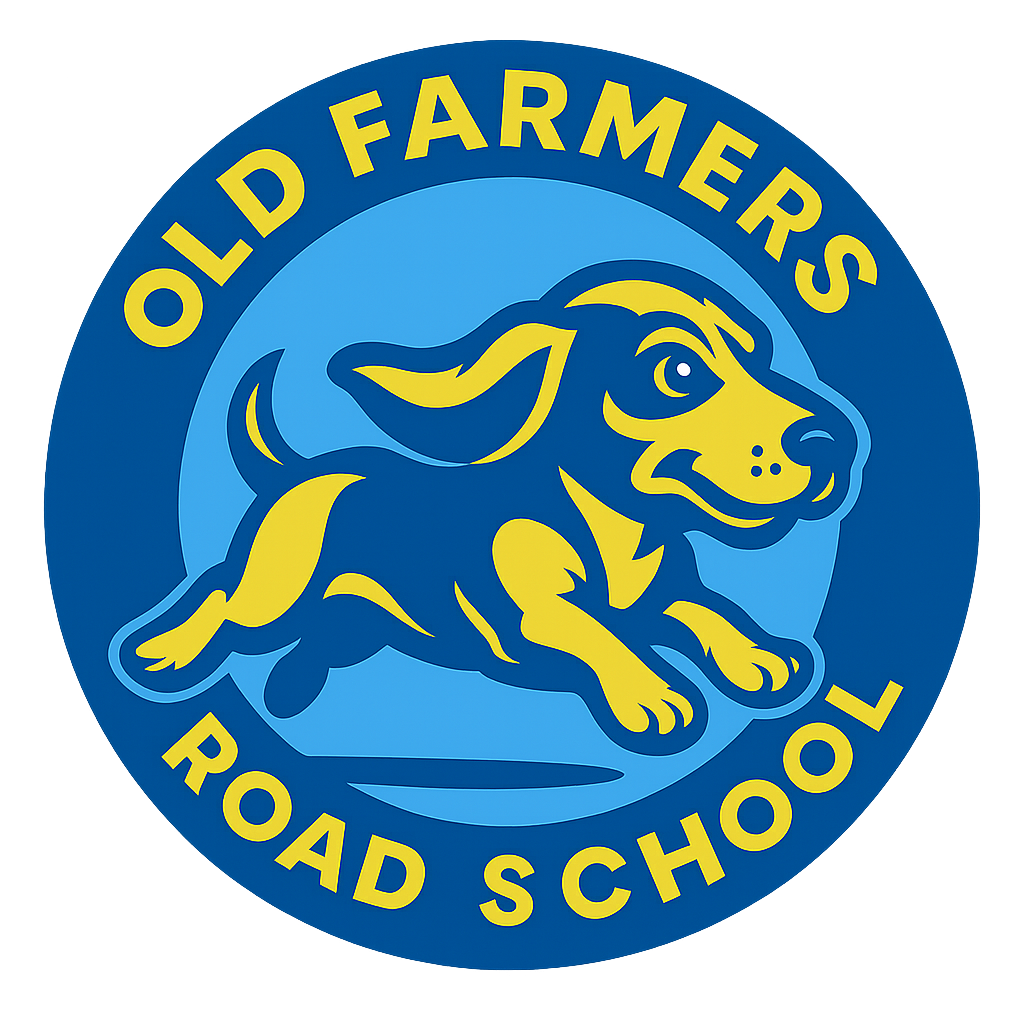As part of our district balanced literacy approach, Fountas and Pinnell big books are used for shared and guided reading experiences. These focus texts are revisited throughout the week and invite opportunities to explore text in a variety of ways.
For this experience, we used the focus text, Goldy (based on the classic Goldilocks and the Three Bears). As the story was integrated into the literacy block, learners were invited to explore the design process to solve one of the problems identified in the story.
Day one began with activation of prior knowledge and observation of materials in the classroom. Students walked around the classroom to identify different objects and consider what materials might have been used to make them:
This table is made of wood.
This chair is made of metal and plastic.
This rug is made of fabric.
This window is made of glass.
Upon returning to the rug to read the big book, Goldy, learners were each given a picture card from the story. They were encouraged to listen to the story and use their reader "Eagle Eyes" to notice the illustrations closely. As the corresponding part of the picture was identified in the illustration, the card was sorted into one of four groups based on the main material used to construct the object in their picture.
After noticing and drawing conclusions about materials in the bears' house, students worked with partners to sort a collection of objects by material type. Learners were encouraged to use their senses to notice the properties of each object. Following the material sorting activity, students recorded their results using a paper copy of the activity.
At the conclusion of the lesson, students reflected on the experience by checking in with the visual learning board and communicating different experiences with each step of the design process. Chair models were set up around the rug and children were invited to take a "Chair Museum Walk" to observe and reflect on all chair creations.
Following these lessons, children clearly demonstrated their view of themselves as designers and engineers with agency. To support further exploration and choice, materials were added to the dollhouse center where children continued to design and create a variety of types of furniture and included it in their imaginary play.
Following further investigation of wood as a material through a series of lessons, students continued to expand their understanding of the properties of wood and initiated furniture building in the dramatic play area. They created their own chairs with wooden blocks and tested them out with larger dolls. Children even discovered that they could sit in these life-size chairs and talked about what they would need in order to complete their creation.
Kindergarten engineers continue to document their process and creations independently during playtime as part of their daily discovery.






